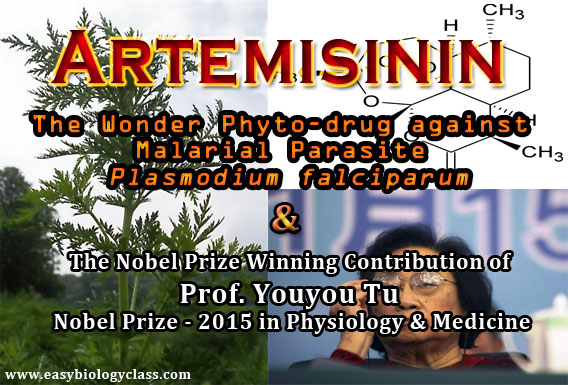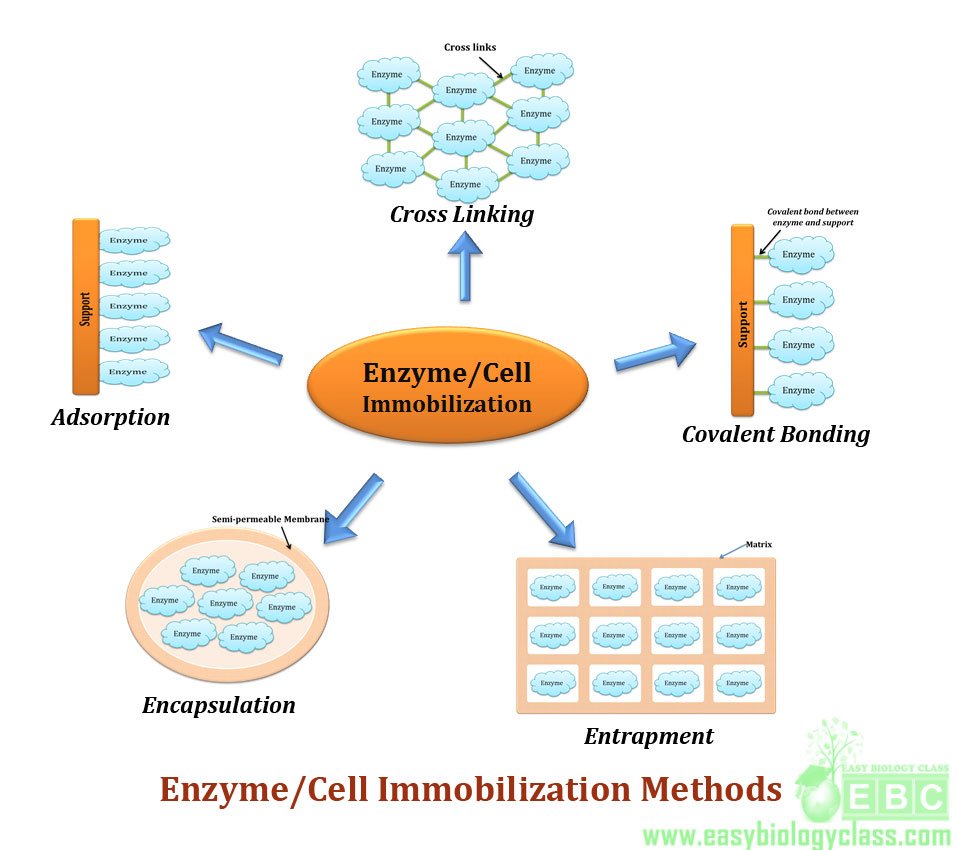
.

Artemisinin is an anti-malarial parasite drug extracted from a Chinese medicinal plant called sweet wormwood (Artemisia annua; Asteraceae family). It is also known as qinghaosu in Chinese and it is the most rapid acting drug currently available against the malarial parasite, Plasmodium falciparum.
The 2015 Nobel Prize in Physiology and Medicine is shared by William C. Campbell, Satoshi Omura and Youyou Tu for the discoveries of therapies against parasitic infections which saved millions of life over the globe. Among the three Nobel laureates, Professor Youyou Tu of China shares half of the Prize money for the credit of isolation, purification and structure elucidation of Artemisinin, the anti-malarial parasite drug for the first time from a Chinese traditional medicinal plant Artemisia annua. Professor Tu is the first China based Woman scientist to win the science Nobel.



